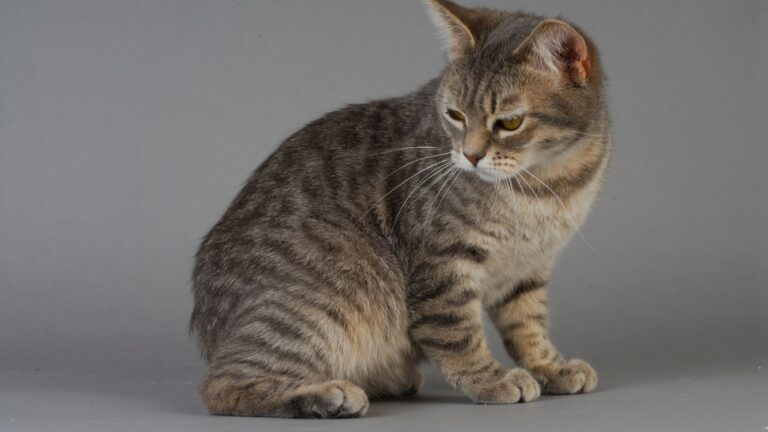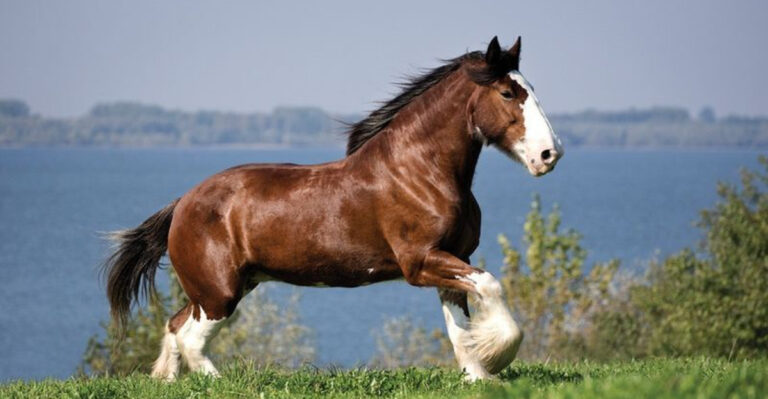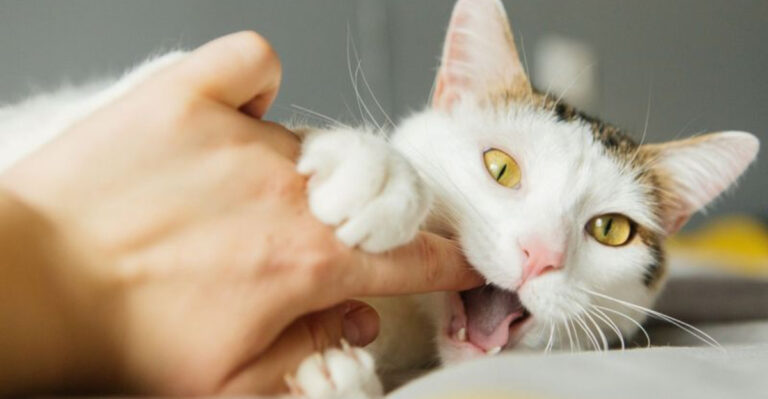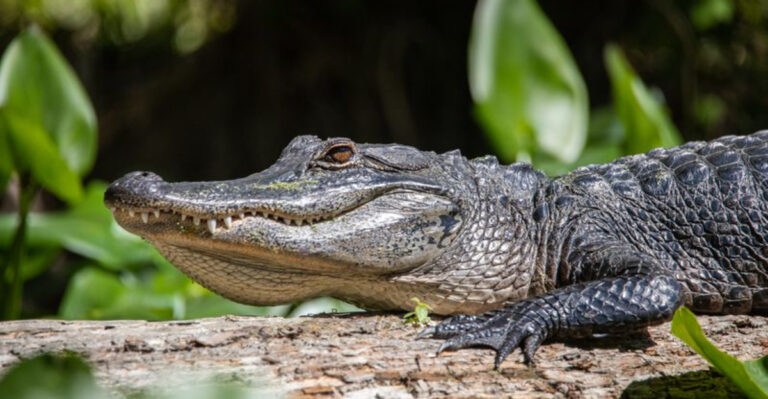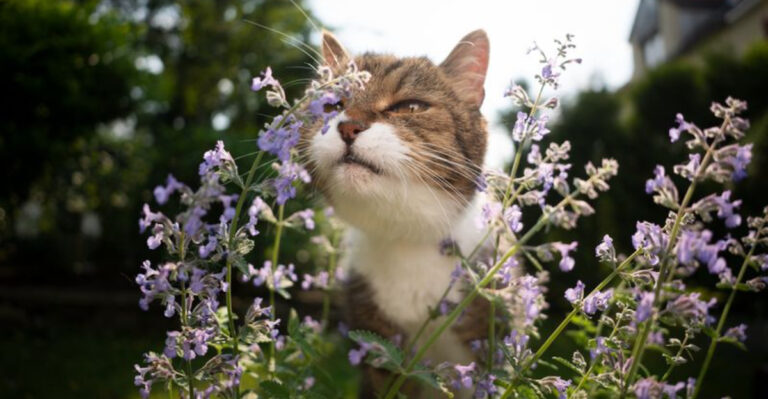15 Wild Birds That Are Surprisingly Friendly But Not Suitable As Pets
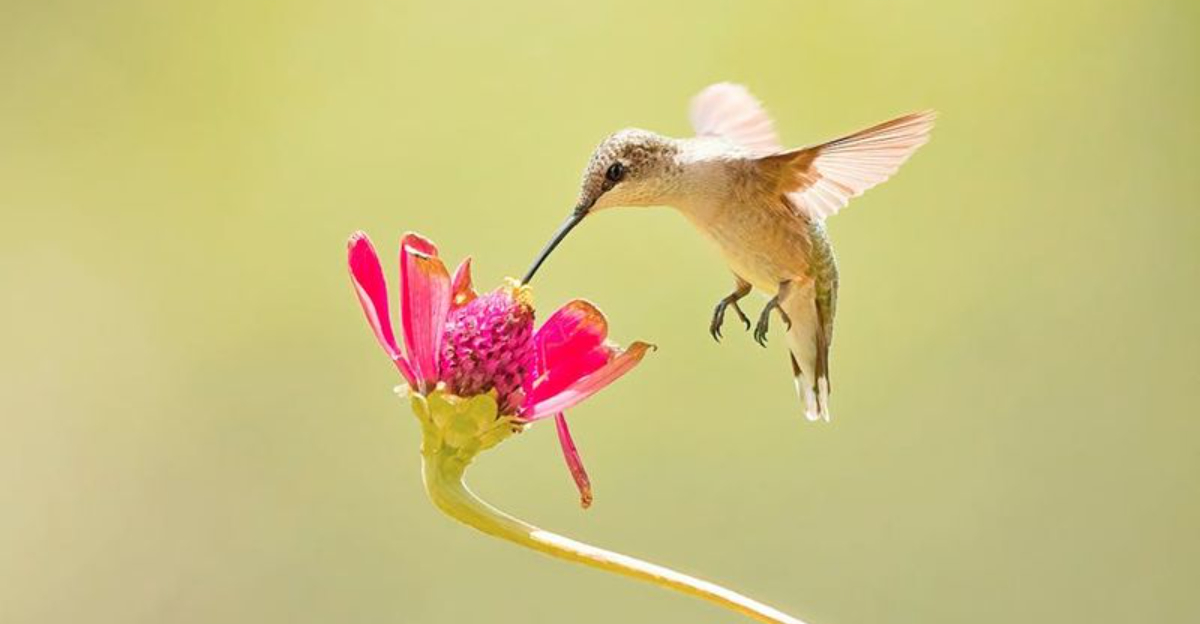
Wild birds can sometimes show surprisingly sociable behaviors toward humans, creating magical moments of connection. While their friendly antics might tempt you to bring them home, these feathered creatures belong in their natural habitats.
Let’s explore wild birds that might approach you with curiosity but should remain free to soar the skies.
1. Chatty Mockingbirds
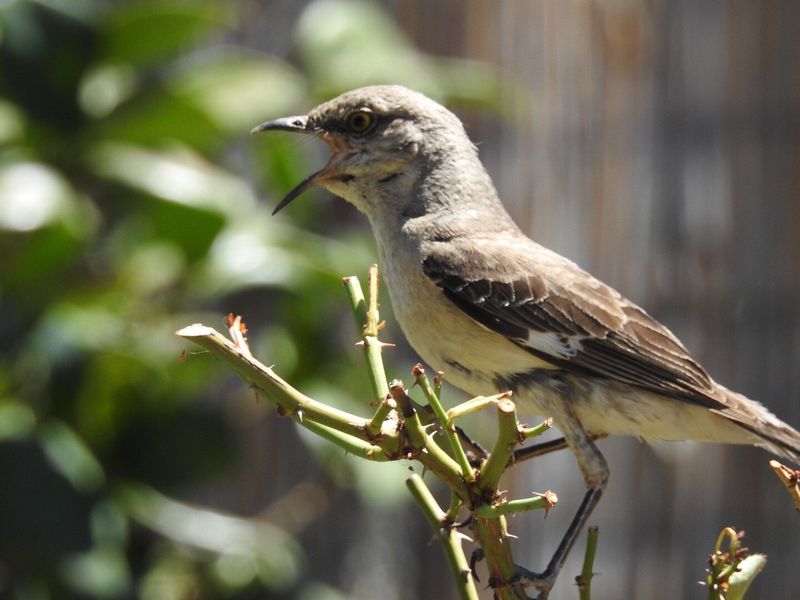
Masters of mimicry with personality to spare! These vocal virtuosos may follow you around parks, seemingly eager to show off their repertoire of sounds.
While they might serenade you on morning walks, mockingbirds fiercely defend their territories during nesting season. Their complex social needs and legal protections make them impossible pet candidates.
2. Bold Blue Jays
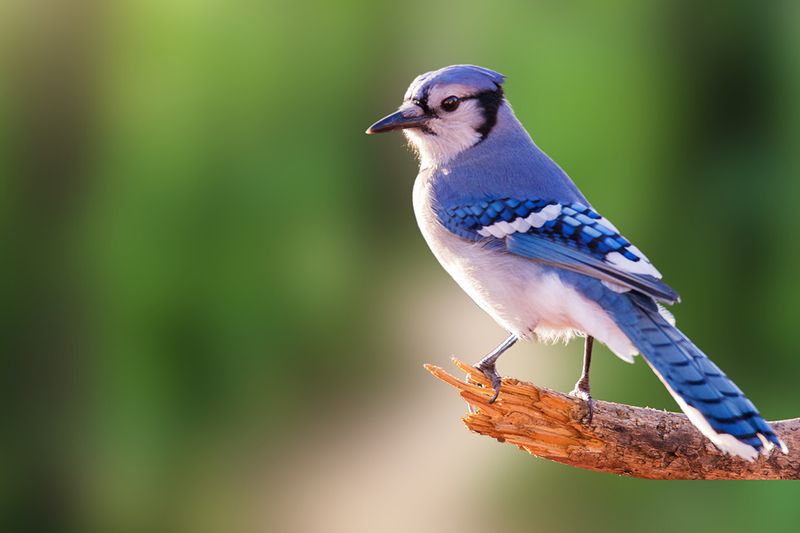
Like neighborhood gossips, blue jays announce everything happening in their territory with loud, distinctive calls. Their curious nature often brings them surprisingly close to humans.
Despite occasional friendliness, these intelligent birds require vast territories and complex social structures. Their ear-splitting screams would quickly overwhelm any indoor setting, making them unsuitable companions despite their beautiful plumage.
3. Inquisitive Chickadees
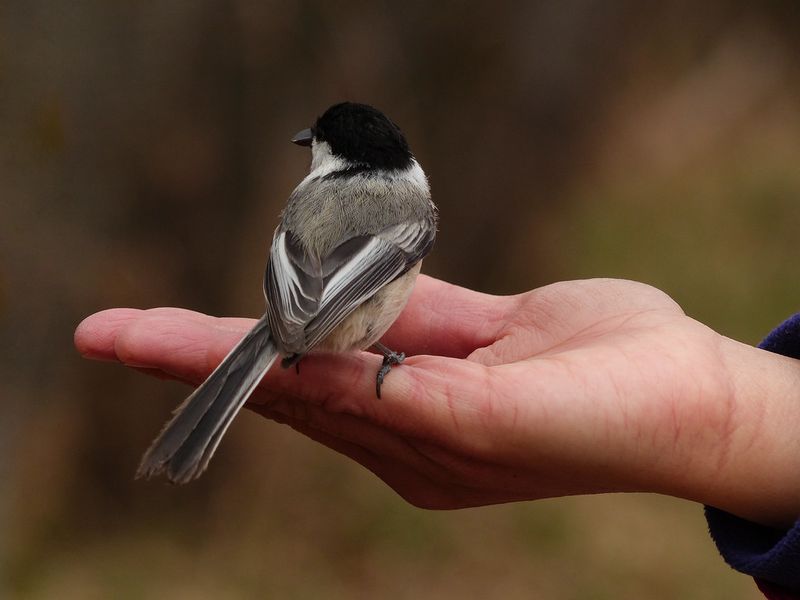
Tiny daredevils that might land on your outstretched hand in winter parks! Their fearless curiosity makes chickadees among the easiest wild birds to temporarily befriend.
However, their lightning-fast metabolism requires constant foraging. A chickadee confined indoors would quickly become stressed and unhealthy, despite their seemingly adaptable nature.
4. Neighborhood Robins
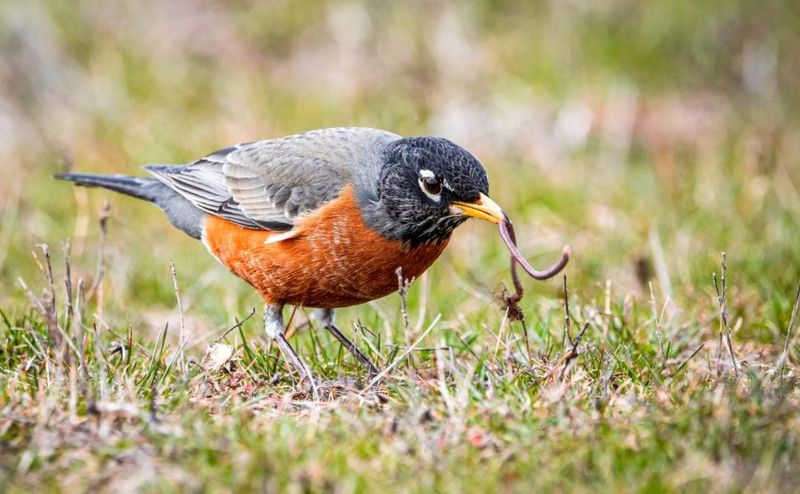
Ever notice how robins seem to watch you garden? These red-breasted birds often follow humans turning soil, waiting for worms to appear.
Their apparent friendliness is actually opportunistic feeding behavior. Robins need extensive outdoor territory for hunting and nesting. In captivity, they would lose their vibrant colors and natural behaviors that make them such welcome spring visitors.
5. Charismatic Crows
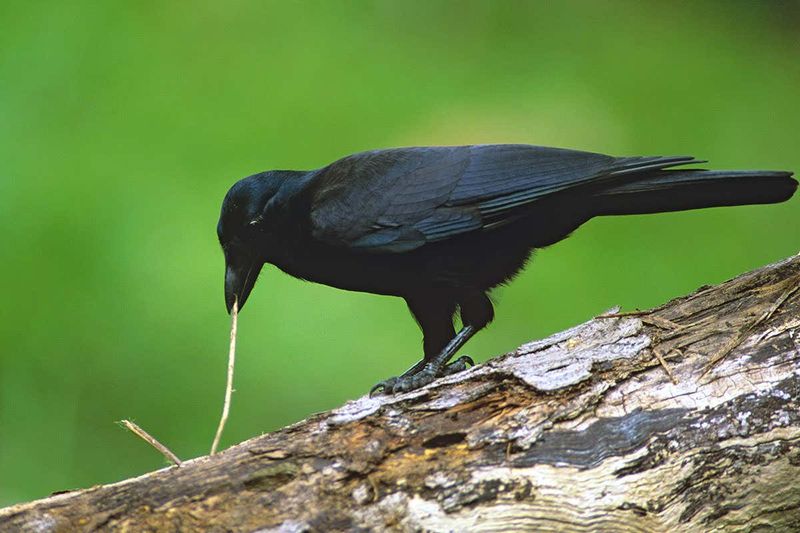
Crows are the undisputed Einsteins of the bird world. Capable of recognizing human faces, they sometimes offer “gifts” to those who regularly feed them.
Problem-solving intelligence keeps them constantly engaged, making cages unsuitable for their active minds. Complex family units and social bonds last for years, highlighting their need for freedom.
6. Breakfast-Stealing Seagulls
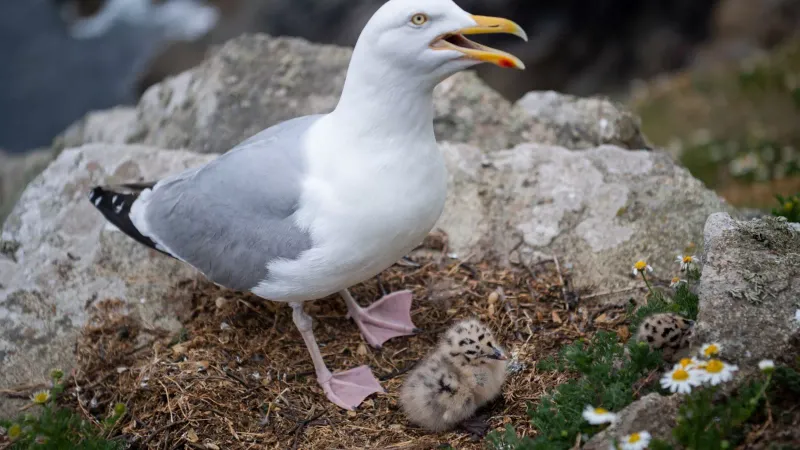
Beach picnic bandits with surprising boldness! Seagulls have learned that humans equal easy meals, leading to their fearless approaches. Don’t mistake opportunism for affection though.
These coastal birds need miles of shoreline territory and complex social structures. Their loud calls, designed to carry over crashing waves, would be deafening indoors.
7. Backyard Woodpeckers
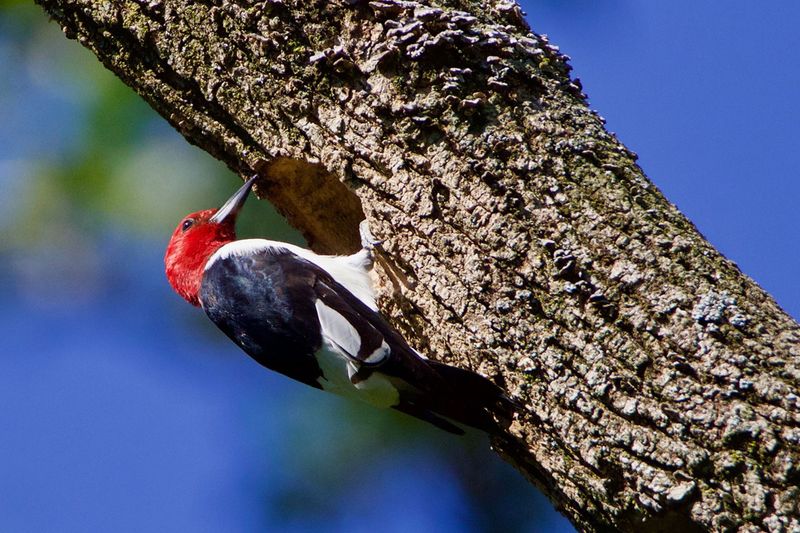
Woodpeckers are impossible to ignore, often drawing attention with their rhythmic drumming. Certain species grow surprisingly comfortable around humans, especially near feeders.
Constant wood-drilling keeps beaks in top condition and provides essential nutrition. In a home, that same powerful hammering could cause chaos, while their need for territory demands wide, forested spaces.
8. Melodious Cardinals
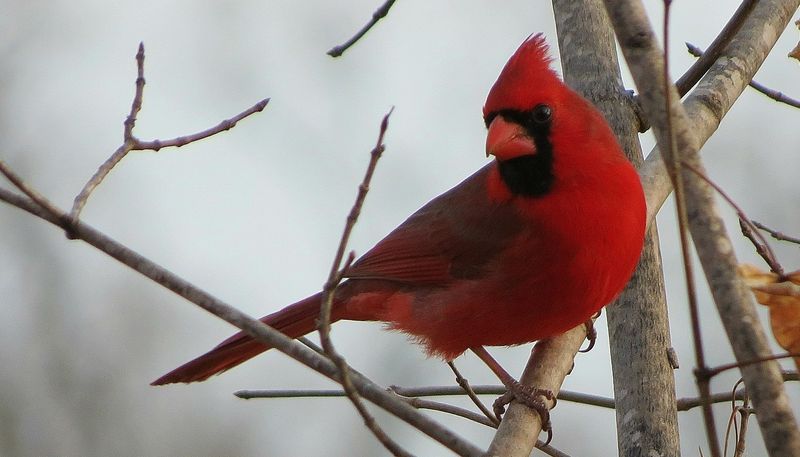
Flashes of crimson that brighten winter days! Male cardinals often become regular visitors at feeders, sometimes eating directly from trusted humans’ hands. Their brilliant coloration requires specific nutrients found in wild seeds and insects.
In captivity, cardinals lose their vibrant plumage and their sweet whistling songs turn to stress calls. These territorial birds need freedom to maintain their signature beauty.
9. Hummingbird Helicopters
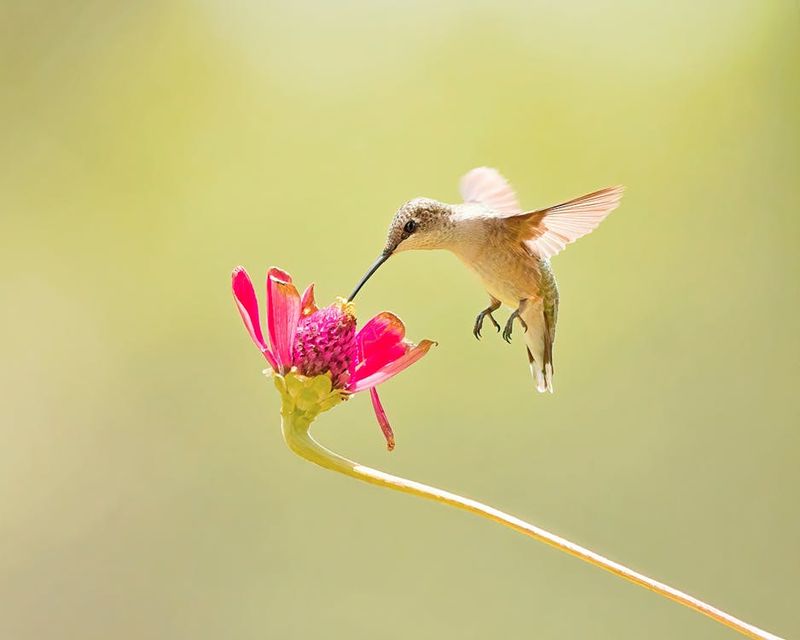
Tiny jewels that hover right in front of your face! Hummingbirds remember reliable nectar sources and may buzz curious humans who wear bright colors.
Their specialized metabolism requires feeding every 15 minutes. These aerial acrobats fly up to 500 miles during migration and need to enter torpor nightly to survive. No human-provided environment could possibly meet their extraordinary needs.
10. Opportunistic Sparrows
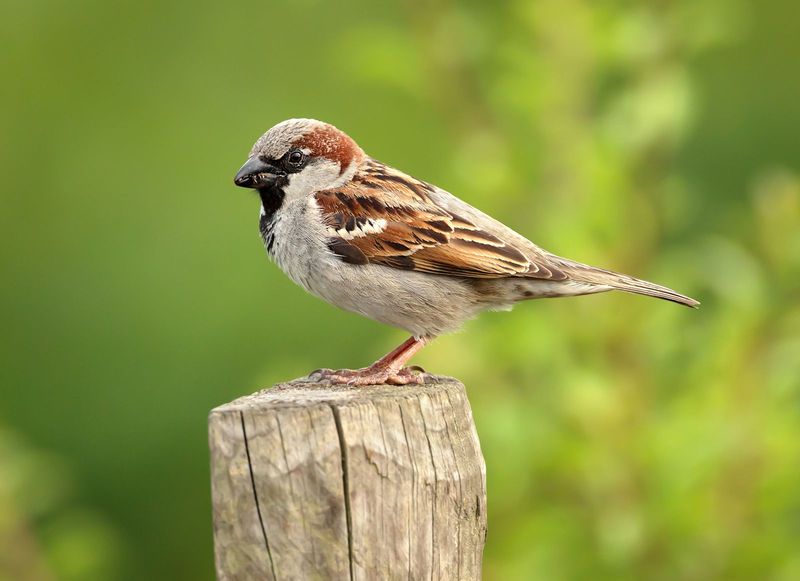
House sparrows are fearless, often hopping onto coffee shop tables without hesitation. Centuries of living alongside humans have made them bold and adaptable.
In many regions, that same adaptability has led to their status as an invasive species. Prolific breeding and constant foraging keep them active, making them difficult to manage indoors.
11. Puzzle-Solving Ravens
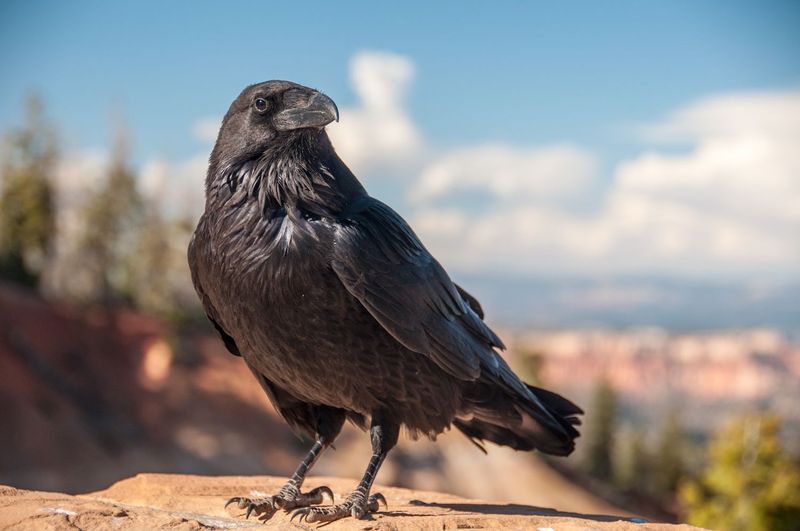
Ravens are shadow philosophers with a reputation for extraordinary intelligence. In rural areas, they sometimes form unique bonds with humans they see regularly.
Problem-solving skills rival those of chimpanzees, demanding constant mental stimulation. With powerful beaks built for tearing meat, they could quickly destroy household items.
12. Curious Finches
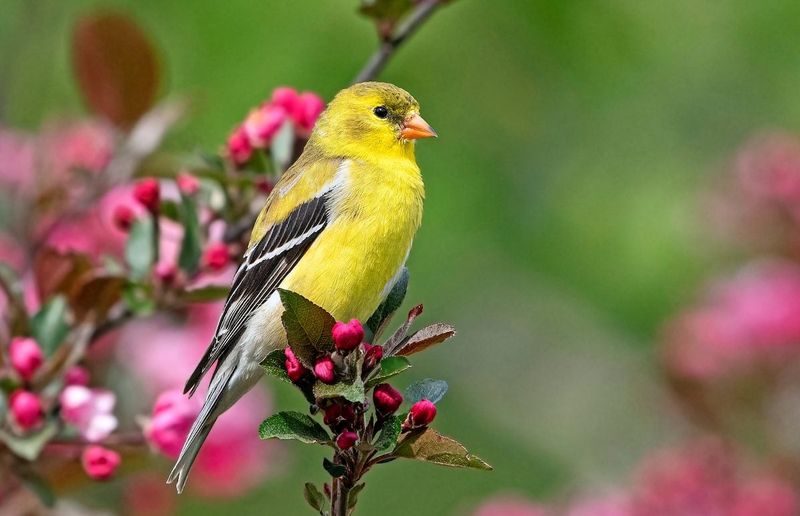
Finches bring a splash of color to feeders, transforming backyards into lively displays. Regular feeding can make them surprisingly comfortable around humans.
Specialized beaks allow them to thrive on specific seeds they would naturally find in the wild. Active and social, they rely on complex songs and spacious flight areas for a healthy life.
13. Park-Dwelling Ducks
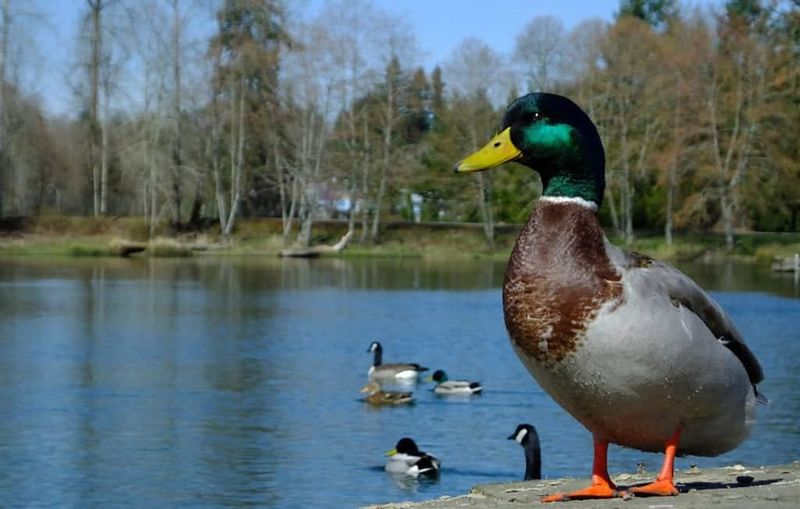
Waddling beggars with winning personalities! Park ducks recognize regular visitors and may enthusiastically greet anyone carrying bread (though seeds are healthier).
Their aquatic needs extend beyond a simple water dish – ducks require ponds for proper feather maintenance. Without sufficient swimming access, they develop painful foot conditions and stress behaviors.
14. Talkative Parakeets
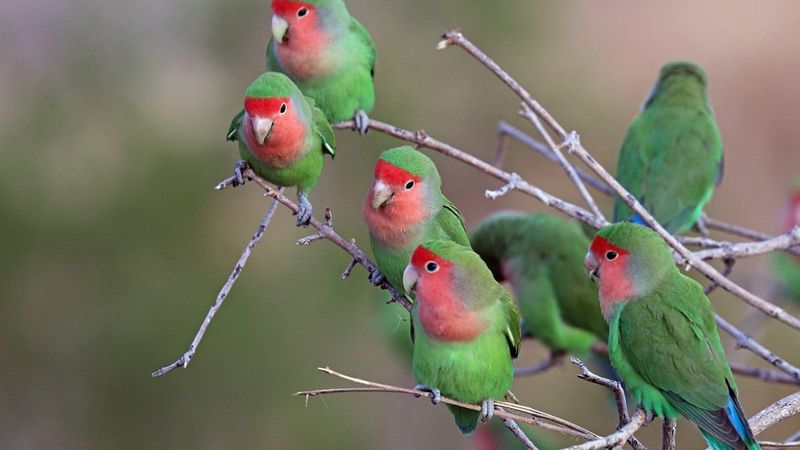
Feral parakeets create vivid, swirling clouds in city skies, a striking sight in urban landscapes. Many of these colonies began with escaped pets that adapted to the wild.
In open environments, they form strong social bonds, thriving in complex flocks. Indoors, their deafening calls and constant social activity would quickly become overwhelming.
15. Theatrical Peacocks
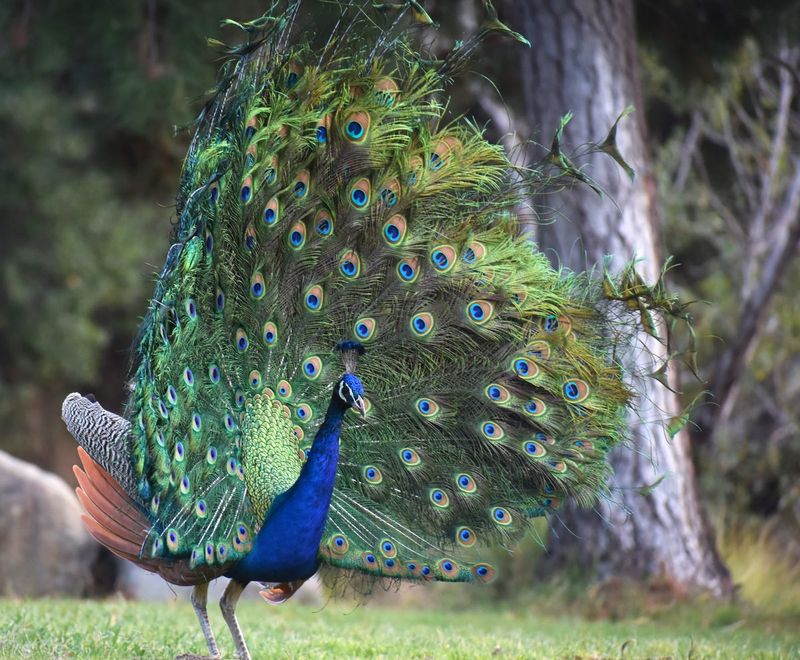
Living kaleidoscopes roaming freely in some parks! Semi-wild peacocks often approach humans confidently, especially when accustomed to being photographed. Behind that stunning plumage lies a challenging personality.
Their ear-splitting mating calls can reach 100 decibels. These enormous birds need acres to roam and express natural behaviors. Their territorial displays involve aggressive charging that can be dangerous in confined spaces.

